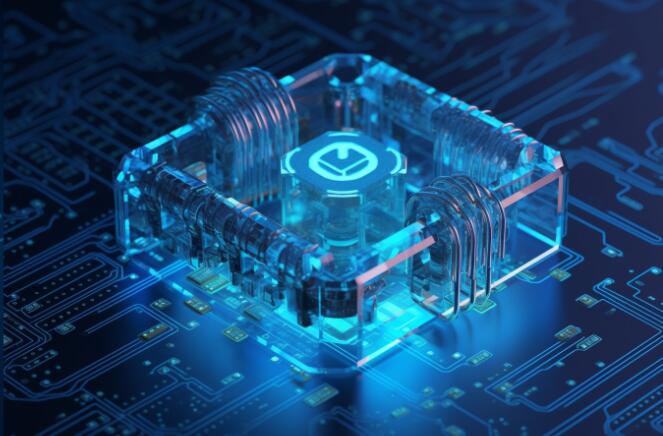Samsung Electronics’ 8-layer HBM3E memory chip successfully passed Nvidia’s test, paving the way for its AI processor supply, which is expected to begin in the fourth quarter of 2024. This news is of great significance to Samsung, marking a key advance in its competition with SK Hynix. The editor of Downcodes will explain in detail the background, challenges and future development trends of this incident, and analyze Samsung's strategic layout and market competition situation in the high-bandwidth memory market.
Recently, Samsung Electronics’ fifth-generation high-bandwidth memory (HBM) chip, HBM3E, successfully passed Nvidia’s test and obtained the qualification for use in its artificial intelligence (AI) processor. According to people familiar with the matter, although the two parties have not yet signed a formal supply agreement, it is expected to be reached soon, and supply may begin in the fourth quarter of 2024. This is good news for Samsung, as it has finally crossed an important threshold in its competition with local rival SK Hynix.

Picture source note: The picture is generated by AI, and the picture is authorized by the service provider Midjourney
However, Samsung’s 12-layer HBM3E chip still failed Nvidia’s testing. Sources pointed out that Samsung has worked hard to pass Nvidia's tests over the past year, but faced challenges due to some heat and power consumption issues. In order to deal with these problems, Samsung re-adjusted the design of HBM3E and finally passed the test successfully.
HBM is a dynamic random access memory (DRAM) that first came out in 2013. The chips are stacked vertically to save space and reduce power consumption. HBM is a critical component for graphics processing units (GPUs) due to its ability to handle the large amounts of data generated by complex applications. With the rise of generative artificial intelligence technology, the market demand for high-performance GPUs has increased sharply.
According to analysis by research firm TrendForce, HBM3E chips are expected to become mainstream in the market this year, especially in terms of shipments in the second half of the year. SK Hynix is also rapidly advancing the shipment of 12-layer HBM3E. Samsung expects HBM3E chips to account for 60% of its HBM chip sales by the fourth quarter of 2024. Currently, there are only three major HBM manufacturers in the world: SK Hynix, Micron and Samsung. SK Hynix has become Nvidia's main HBM chip supplier.
Finally, Samsung's total DRAM chip revenue in the first half of 2023 is about 22.5 trillion won, and analysts estimate that about 10% of this revenue may come from HBM sales. This news attracted market attention and made investors full of expectations for Samsung's future development.
Highlight:
Samsung’s 8-layer HBM3E chip passed Nvidia’s testing and is expected to be available in the fourth quarter of 2024.
?The 12-layer HBM3E chip has not yet passed testing, and Samsung has adjusted the design to meet the challenges.
HBM3E chips are expected to become mainstream in the market in the second half of 2023, and market demand for high-performance GPUs is growing rapidly.
All in all, Samsung's HBM3E chip passing NVIDIA's test is a major victory for it in the AI memory market competition, but it also faces tremendous pressure from competitors such as SK Hynix. In the future, Samsung will need to continue R&D and innovation to improve product performance and competitiveness in order to maintain its leading position in the fierce market competition.